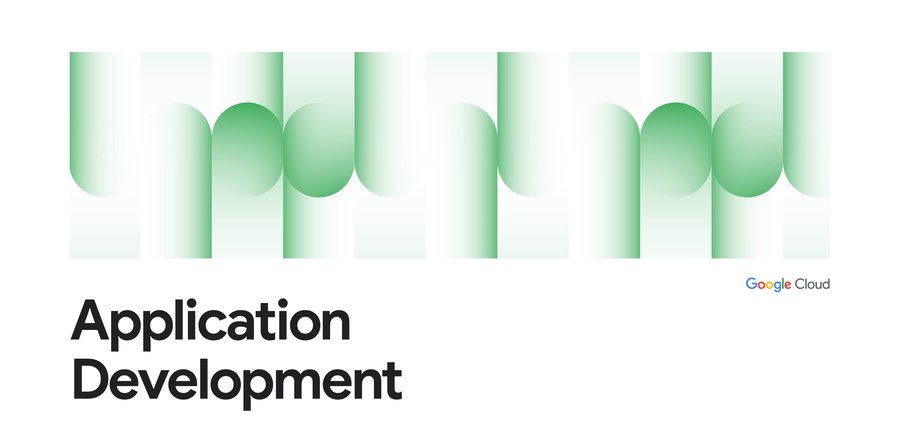Introducing kaniko: Build container images in Kubernetes and Google Container Builder without privileges
Priya Wadhwa
Software Engineer
Building images from a standard Dockerfile typically relies upon interactive access to a Docker daemon, which requires root access on your machine to run. This can make it difficult to build container images in environments that can’t easily or securely expose their Docker daemons, such as Kubernetes clusters (for more about this, check out the 16th oldest open Kubernetes issue).
To overcome these challenges, we’re excited to introduce kaniko, an open-source tool for building container images from a Dockerfile even without privileged root access. With kaniko, we both build an image from a Dockerfile and push it to a registry. Since it doesn’t require any special privileges or permissions, you can run kaniko in a standard Kubernetes cluster, Google Kubernetes Engine, or in any environment that can’t have access to privileges or a Docker daemon.
How does kaniko work?
We run kaniko as a container image that takes in three arguments: a Dockerfile, a build context and the name of the registry to which it should push the final image. This image is built from scratch, and contains only a static Go binary plus the configuration files needed for pushing and pulling images.


The kaniko executor then fetches and extracts the base-image file system to root (the base image is the image in the FROM line of the Dockerfile). It executes each command in order, and takes a snapshot of the file system after each command. This snapshot is created in user-space by walking the filesystem and comparing it to the prior state that was stored in memory. It appends any modifications to the filesystem as a new layer to the base image, and makes any relevant changes to image metadata. After executing every command in the Dockerfile, the executor pushes the newly built image to the desired registry.
Kaniko unpacks the filesystem, executes commands and snapshots the filesystem completely in user-space within the executor image, which is how it avoids requiring privileged access on your machine. The docker daemon or CLI is not involved.
Running kaniko in a Kubernetes cluster
To run kaniko in a standard Kubernetes cluster your pod spec should look something like this, with the args parameters filled in. In this example, a Google Cloud Storage bucket provides the build context.
You’ll need to mount a Kubernetes secret that contains the necessary authentication to push the final image to a registry. You can find instructions for downloading the secret here.
Running kaniko in Google Cloud Container Builder
To run kaniko in Google Cloud Container Builder, we can add it as a build step to the build config:
The kaniko executor image will both build and push the image in this build step.
Comparison with other tools
Similar tools to kaniko include img and orca-build. Like kaniko, both tools build container images from Dockerfiles, but with different approaches and security trade-offs. The img tool builds as an unprivileged user within a container, while kaniko builds as a root user within a container in an unprivileged environment. The orca-build tool executes builds by wrapping runc, which uses kernel namespacing techniques to execute RUN commands. We're able to accomplish the same thing in kaniko by executing commands as a root user within a container.
Conclusion
You can find more documentation about running kaniko in our GitHub repo. Please open an issue if you run into any bugs! If you have any questions or feedback you can also reach out to us in our Google group.




